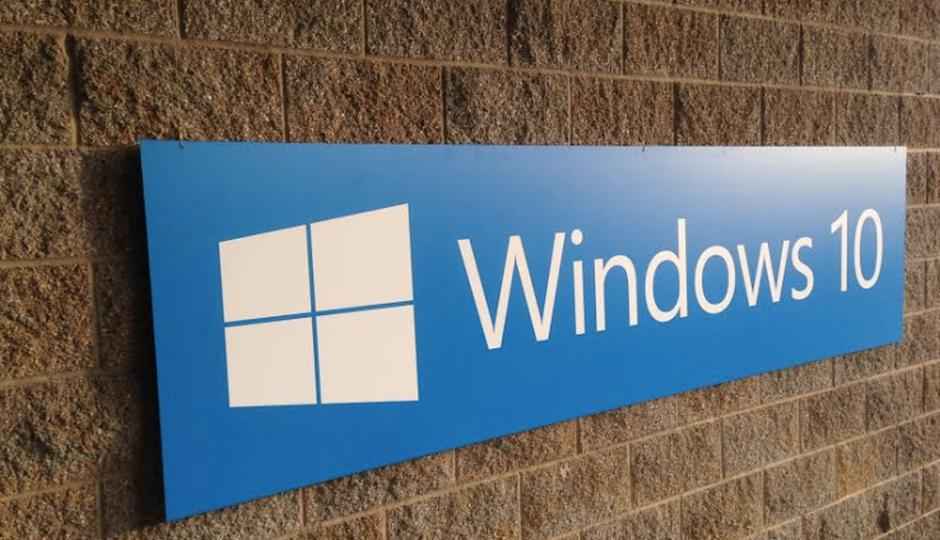Microsoft announces first major update to Windows 10

The update is focused on enterprise users and offers a number of new features and also improves the performance of the OS
Microsoft has announced the first major update to Windows 10. The update offers new features like Windows Update for Business, Windows Store for Business, Mobile Device Management, Azure Active Directory, and new security features as well. Microsoft also stated that the OS is now faster, more compatible and includes new innovations like Cortana Inking. It has also made improvements to Microsoft Edge and support for better photo viewing for Explorer.
Windows Update for Business provides IT controls over the deployment of updates in the organisations, while ensuring that their devices are up-to-date and security needs are met. Devices can be set up in groups with staggered and scaling deployments with network optimizations. Windows Store for Business offers IT a way to find, collect, manage and distribute apps to devices running Windows 10. This includes Windows Store apps as well as the customer line of business apps. Organisations can select their distribution method, this could be via directly assigning apps, publishing them on a private store, or connecting with management solutions.
Mobile Device Management allows organisations to utilise Enterprise Mobility Management to manage Windows powered devices such as PCs, tablets, phones, and IOT devices as well. Azure Active Directory (AAD) allows IT to maintain a single directory. This allowed people to have a single login and safely access their Windows settings and data across all their Windows 10 devices. AAD Join also lets any device easily become enterprise ready.
Windows 10 also comes with a number of security features designed to protect enterprises from threats. The Credential Guard protects credentials inside a ‘hardware-based virtualized environment’ which helps to safeguard against ‘pass the hash’ hacking techniques. Device Guard makes use of Trusted Boot to ensure intruders don’t get to install malware on devices. Windows Hello enables enterprise-grade biometrics including fingerprint and facial recognition, while Windows Defender is Microsoft’s free anti-malware service.
Microsoft rolled out the first update to Windows 10 in August, just a week after launching the OS. The company called it a “cumulative” update and merely fixed bugs in the system instead of making any notable additions. The description of the update stated that it dealt with non-security related changes and enhances the performance of Windows 10. They also started rolling out the Windows 10 update for Xbox One a few days ago.




